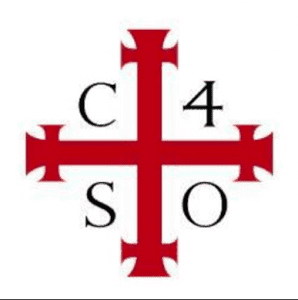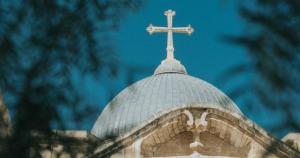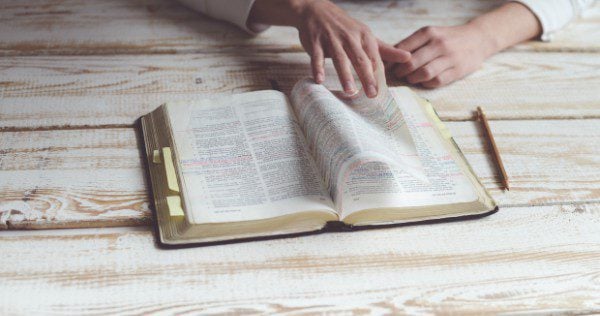 When a church is led by someone praying, often called the intercessor, the prayers are to be the prayers of the people more than prayers for the people, though the intercessor may lead the congregation to pray for people in the congregation or the wider church. In Samuel Wells and Abigail Kocher, Shaping the Prayers of the People, we are treated to a basic theology of how to shape the prayers of the people:
When a church is led by someone praying, often called the intercessor, the prayers are to be the prayers of the people more than prayers for the people, though the intercessor may lead the congregation to pray for people in the congregation or the wider church. In Samuel Wells and Abigail Kocher, Shaping the Prayers of the People, we are treated to a basic theology of how to shape the prayers of the people:
1. The prayer is directed to God through every element of word, gesture, bodily posture, and physical space.
Choose a place that evokes speaking to God: not the lectern or the pulpit; perhaps 2/3ds of the back and facing the front as does the congregation; visual images might help. Posture matters: kneeling speaks of one’s posture before God; standing evokes more confidence; if the intercessor is distracted by something (the paper on which he or she reads the prayers), so is the congregation. The intercessor is to invite people to pray, so the time-honored Anglican way: “The Lord be with you. And also with you. Let us pray.” Simple, clear, invitational.
2. The people adopt a posture which trusts the intercessor and believes God will draw near.
The posture matters; closing one’s eyes is an act of trust and humility (and it prevents some distractions); bowed head does the same. Some are asked to stand while others to kneel. Open hands is trustful, too. Prayer stations are sometimes present.
3. The intercessor carries the people’s deepest needs to God, thereby drawing the people more closely into God’s presence.
“The intercessor inhabits a holy place where two praying hands meet” (58): God drawing near to the people and the people drawing near to God. Again, the location of the intercessor can make a difference: in the midst of the people, at the chancel. Silence between petitions can help recollection.










